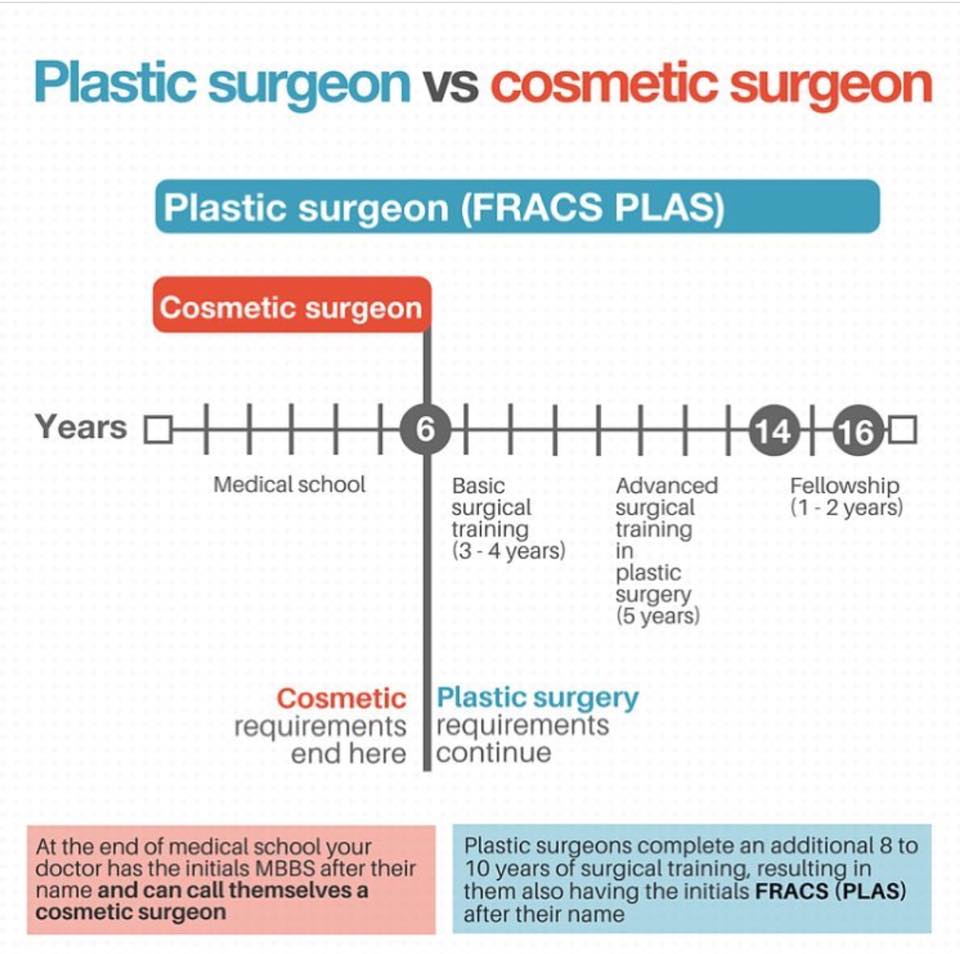Teenage Vs Adult Acne Differences
Teenage Vs Adult Acne Differences
Blog Article
Acne Therapy - What Are AHAs in Acne Therapy?
AHAs are a key ingredient for unclogging pore clogs and brightening acne-prone skin. They function by breaking down dead skin cell buildup to advertise newer, fresher cells, and avoiding future clogs.
Formulating topical AHAs requires precise focus to numerous key elements that dramatically impact their efficacy and tolerability. Preserving the optimum pH array, along with vehicle choice and concentration, magnifies their exfoliative features while mitigating potential unfavorable reactions.
Glycolic acid
Glycolic acid is understood for its light yet reliable scrubing residential or commercial properties, which promote skin's all-natural dropping and loosen up the "adhesive" that holds dead cells externally of the skin. This aids unclog pores and minimize the appearance of fine lines and wrinkles, in addition to enhance total skin appearance and tone.
Surprisingly, topical glycolic acid has actually additionally been revealed to stimulate the production of collagen, which is critical in maintaining skin's firmness and elasticity. It is essential to note, nonetheless, that due to the fact that glycolic acid can boost the skin's level of sensitivity to sunshine, it is vital to put on sun block when making use of any kind of items having this active ingredient.
Skin doctors pay mindful attention to the formulation of products containing AHAs in order to optimize their efficacy and tolerability. Formulating AHAs with the appropriate vehicle, along with pH and focus factors to consider, permits optimum skin infiltration while lessening prospective negative responses. This is especially important for clients with sensitive skin, because AHAs are known to be mildly irritating.
Lactic acid
Lactic acid is located in several non-prescription skin treatment items and some more powerful expert peels and treatments. It has the lowest molecular weight of all the AHAs and is able to pass through much deeper right into the skin, where it is much more effective at unclogging pores and exfoliating.
Like glycolic acid, it additionally boosts collagen synthesis, which assists reduce great lines and wrinkles and enhance skin texture. In addition, it has moisture-retention buildings, that makes it better for drier skin types than other AHAs.
The extensive body of professional information corroborating the effectiveness of topical AHAs supports their energy in a variety of skin-related conditions and aesthetic problems. These consist of elaborate skin rejuvenation treatments, depletion of fine lines and creases, lightening of hyperpigmentation, healing treatment for actinic keratosis, and acne management [2] Optimizing the solution of AHAs by balancing pH, concentration, and lorry choice even more enhances their healing capacity. These careful factors to consider allow dermatologists to deliver risk-free and efficient treatments that supply exceptional clinical outcomes.
Mandelic acid
Mandelic acid, originated from almonds, is another participant of the AHA household and is a popular component in products that aid deal with acne. Its larger molecular dimension indicates it penetrates the skin extra slowly and gently, which can lower the capacity for irritation. It's likewise less most likely to activate redness and various other skin sensitivity issues, making it appropriate for sensitive skin kinds.
Mandelic Acid is thought to help in reducing inflammation and increase hydration. It works by loosening the bonds in between dead skin cells, allowing them to lose and expose fresher-looking skin. It also helps in reducing the appearance of bigger pores.
Formulating topical items with AHAs needs a specific balance of key aspects that significantly influence their efficacy and tolerability. Specifically, the pH of an AHA formulation has actually been shown to play an important role in its capacity to promote peeling and enhance skin tone and appearance. Accomplishing this optimum concentration is a tough goal and needs meticulous interest to the numerous elements that influence the formulation procedure.
Citric acid
Citric acid, found in citrus fruits such as oranges and lemons, is a moderate AHA. It's much less irritating than glycolic or lactic acid, making it better for sensitive skin. It likewise has astringent buildings, helping to dry excess oil.
Like other AHAs, citric acid can be utilized in chemical peels and day-to-day active/maintenance treatments to exfoliate the skin and advertise cell turnover. It can help in reducing the look of dark spots and hyperpigmentation, in addition to great facial lines.
It can likewise raise the synthesis of glycosaminoglycans, which play an essential duty in strengthening the skin barrier feature. This helps to prevent trans-epidermal water loss, and keep optimal hydration levels in the skin [35]
AHAs can be integrated with comforting components such as ceramides or hyaluronic acid to boost their tolerability. They can be incorporated into day-to-day active/maintenance skin care through lotion or product formulations. This enables specialists to tailor their AHA therapies based on client demands and choices, with the flexibility of picking from skinlab different treatment strengths or focus.